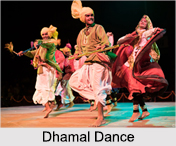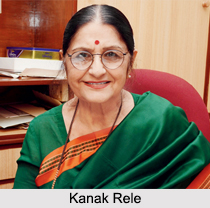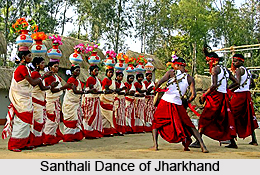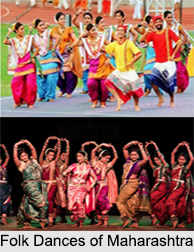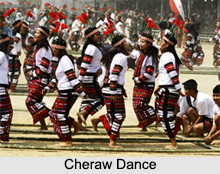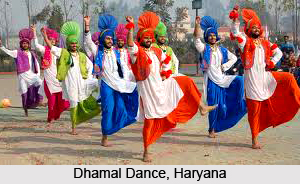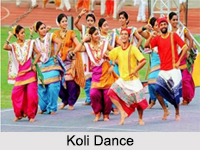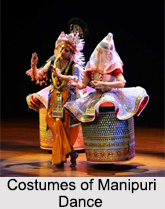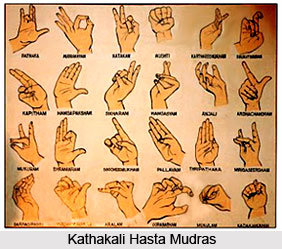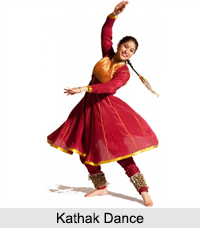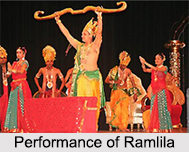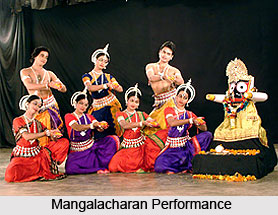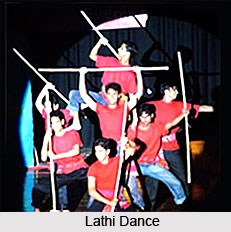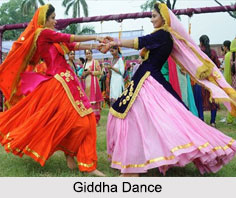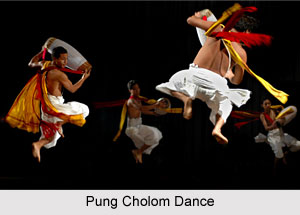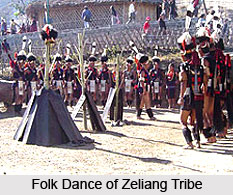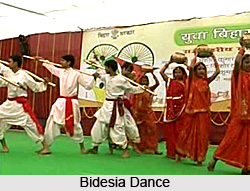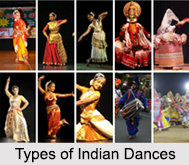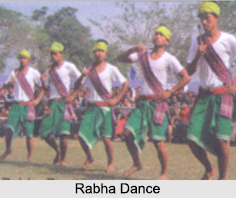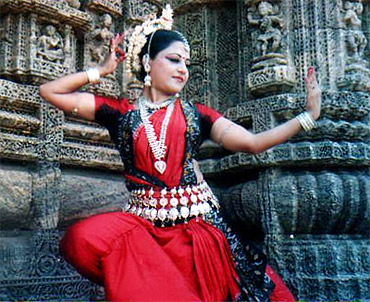 Dance in Orissa evolved as an expression of devotion for the "Higher Being." In Orissa as religions sprang up with organised divine services the dance form too became more civilised. The devotee is still enjoined to dance and sing and move into spiritual ecstasy. While Odissi ranked as one of the primary genres of Indian classical dance, it was being shaped by the religious influences from its very inception. A brief peep into the cultural history of Orissa reveals that since antiquity the dance form found its spiritual home in the holy caves, temples and religious institutions of Orissa as an essential religious practice. There were large bodies of dancers and dancing girls associated to the shrines for the daily services of the deities. Thus religion was sure to influence the gradual growth of Odissi.
Dance in Orissa evolved as an expression of devotion for the "Higher Being." In Orissa as religions sprang up with organised divine services the dance form too became more civilised. The devotee is still enjoined to dance and sing and move into spiritual ecstasy. While Odissi ranked as one of the primary genres of Indian classical dance, it was being shaped by the religious influences from its very inception. A brief peep into the cultural history of Orissa reveals that since antiquity the dance form found its spiritual home in the holy caves, temples and religious institutions of Orissa as an essential religious practice. There were large bodies of dancers and dancing girls associated to the shrines for the daily services of the deities. Thus religion was sure to influence the gradual growth of Odissi.
Throughout the centuries, it also formed an important part of the celebration of the social and religious festivals of the people who considered the art to be the most pleasing item of gods and goddesses and also of men. Therefore till now in Orissa no festival or ceremony is accepted as complete without a performance of dance and music. An unbroken status has been maintained by the people of this eastern state since very early period of its history. As the civilised dance-form always moved with religion as an essential and honourable practice there is a lot of information with regard to the history of dance-movement in Orissa in the background of religious movements those which waved on this land from time to time.
Jainism is said to be the earliest State-religion of Orissa, that influenced Odissi. It can be noted that till today in the coastal districts of Orissa a dance performance is performed with gatherings called Samaja which has been borrowed from the styles of Jainism. Besides there are several rock edicts and cave temples in Orissa which with the sculptures on it testify the Jain influence on the dancing styles of Orissa.
The next religious belief that came to the forefront in Orissa was Buddhism. The growth of Mahayana Buddhism in Orissa not only expressed itself in architectural and iconographical forms but also it reached a state of artistic excellence of dancing and music serving the purpose of innumerable devotees and connoisseurs. Thus, it is very evident that Mahayana Buddhism had a strong influence on the Oddisi dance.
Even Tantric influence could easily be traced in the dance forms of Orissa. Both Brahmanical Tantrism and Vajrayana Tantrism had influenced the styles of the dance forms in Orissa. Kalika Purana says that the first Brahmanical Tantric pitha in India originated in Orissa. Some of the illustrations of Tantric dance forms which were found in the temples of Orissa were the dancing images of Bhairava and Yoginis in the circular temple of Ranipur. The images in these places are more elaborate and vividly reflect the Tantric influence on the dance form of the state. As time flew by these elements of dance were incorporated in Odissi as well.
Shaivism also has a long history in the state of Orissa. As a result it is obvious that it will have influence on the art and architecture of the state. Consequently dance was not an exception. Influence of Shaivism is well understood from the sculptures of the various early temples of Orissa. Moreover the dancing poses of Lord Shiva which is found in many of the temples of Orisas clearly testify the fact that Shaivism style was closely related to the dance forms of Orissa.
